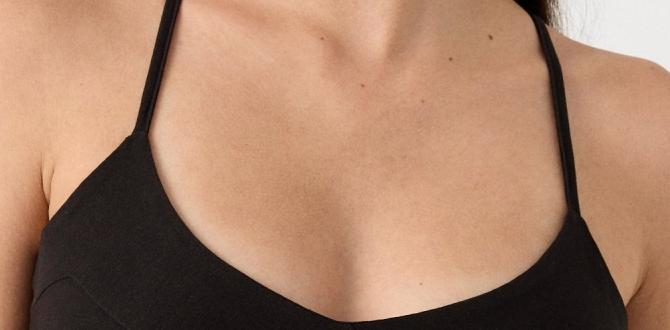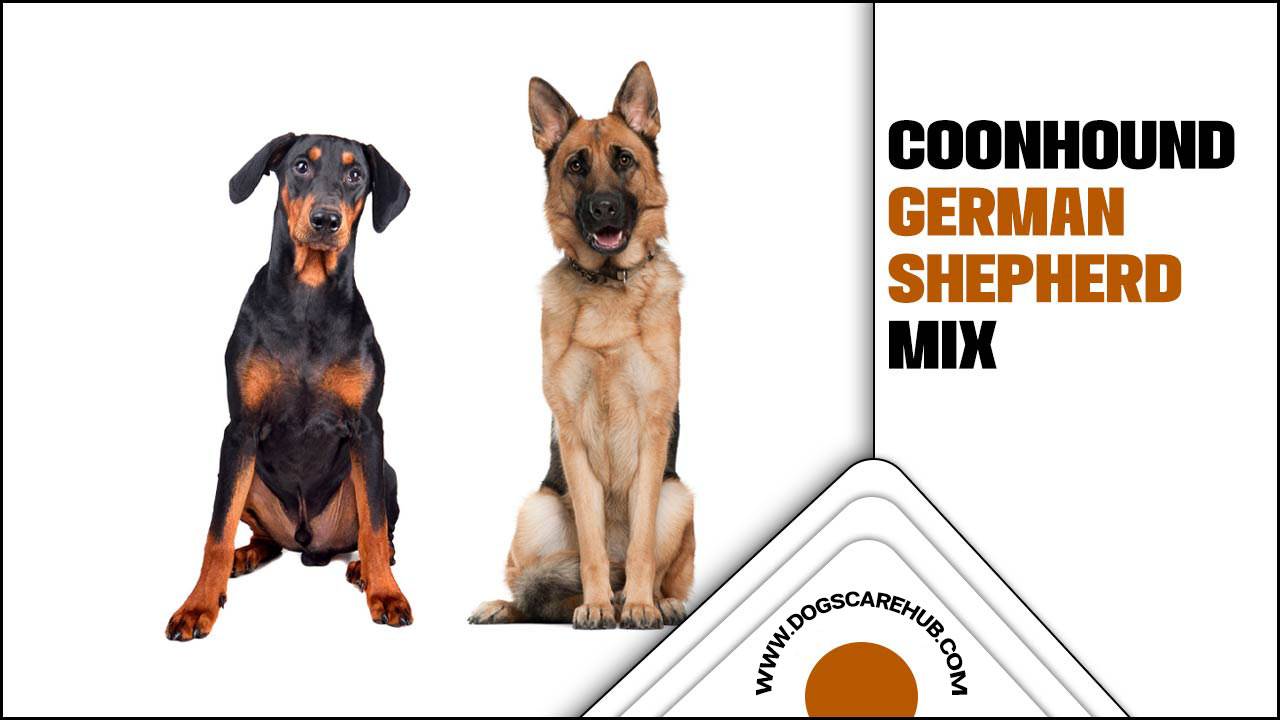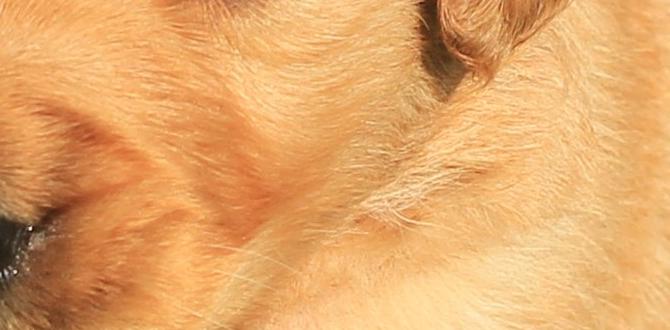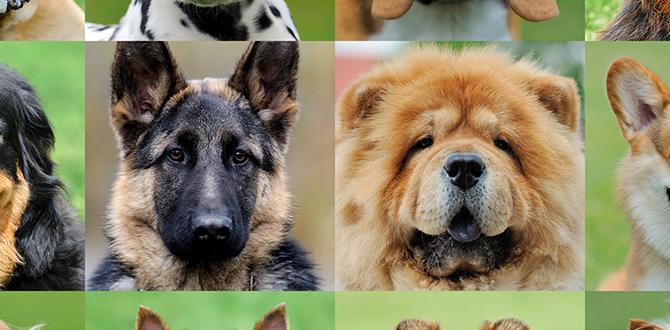Did you know puppies can be like little explorers? They sniff, wag, and even mark their territory. Yes, even young dogs do this! It might make you curious. Why do puppies mark their territory? Understanding this behavior can be fun and interesting. Let’s dive into the world of dog marking territory in puppies.
Key Takeaways
- Dog marking territory in puppies is a natural behavior.
- Puppies use scent to communicate with other dogs.
- Training can help manage marking in puppies.
- Marking is different from regular bathroom breaks.
- Puppies start marking around six months old.
Why Puppies Mark Their Territory
Puppies mark their territory to communicate with other dogs. They leave their scent behind to say, “This is my spot!” This behavior comes from their wild ancestors. In the wild, animals use scent to mark their home areas. When a puppy marks, it feels more secure and safe. It’s like leaving a note for other dogs. Some puppies start marking when they are about six months old. It can be surprising when they first start doing this.
- Marking is different from peeing to relieve themselves.
- It often involves small amounts of urine.
- Puppies might mark more in new places.
- Marking can be a sign of anxiety.
- Other pets might influence a puppy’s marking.
It’s important to know that marking is natural. But, if it becomes a problem, simple training can help. You can teach your puppy where and when it’s okay to mark. Positive reinforcement is key. Encourage your puppy when it behaves well. This helps them learn the right habits. Remember, patience is important when training any pet.
Fun Fact or Stats : Dogs have around 300 million scent receptors. That’s a lot!
When Do Puppies Start Marking?
Puppies usually start marking around six months old. But do all puppies start at the same age? Not really! Some might start earlier, while others later. It’s like when kids learn to talk. Each puppy is different. Imagine a puppy named Max. He started marking right after his first visit to the park. But his sister Lily took a bit longer. She watched Max first, then started marking herself. So, if your puppy isn’t marking yet, don’t worry. They’ll start when they’re ready.
Do Female Puppies Mark Territory?
Yes! Female puppies can also mark their territory. Isn’t that surprising? Many people think only male dogs mark. But females do it too. It’s less common but not rare. Female puppies might mark for different reasons. They could be feeling stressed or want to show they’re the boss. Picture a female puppy named Bella. She marked her favorite toy to let her brother know it’s hers. Just like boys, girl puppies communicate through marking.
How to Recognize Marking Behavior
You might wonder if your puppy is marking or just peeing. Marking usually involves small amounts of urine. It’s often on vertical surfaces like walls or furniture. Imagine your puppy moving around and stopping at each corner. They lift their leg, even if they’re a girl. This behavior tells you they’re marking. During walks, they might stop and mark several times. Watch their actions closely. If it’s frequent and in small doses, it’s probably marking.
Training to Reduce Marking in Puppies
Training can help reduce marking behavior in puppies. Start by observing when and where your puppy marks. Use this information to guide training. Reward your puppy when they pee outside. Use treats or praise as a reward. Set a consistent routine for bathroom breaks. This helps your puppy understand where it’s okay to relieve themselves. If they start to mark inside, distract them. Take them outside immediately. Patience is key in training.
- Be consistent with training sessions.
- Use positive reinforcement methods.
- Set regular outdoor bathroom times.
- Avoid punishing your puppy for marking.
- Offer praise for correct behaviors.
Training is important to manage marking. Never punish your puppy for marking inside. This can confuse and scare them. Instead, focus on positive reinforcement. Always be patient and calm. Your puppy looks up to you as their guide. Teach them with kindness and understanding. In no time, they’ll learn the right places to mark or pee.
Fun Fact or Stats : Dogs can learn over 165 words with training!
Using Commands to Manage Marking
Commands are helpful tools in training. Does your puppy know commands like “sit” or “stay”? You can teach them specific commands for marking too. Imagine saying “outside” every time you take them out. Soon, the word will signal it’s time for bathroom breaks. Another useful command is “no mark.” This tells your puppy to stop if they start marking inside. Consistency is key. Repeat the commands often. Over time, your puppy will understand.
The Role of Environment in Marking
Your puppy’s environment can influence marking behavior. Do you have other pets at home? Sometimes, a puppy marks to show they’re part of the pack. Or maybe they’re marking because of new smells. Imagine a new couch arrives. Your puppy might mark it to say, “This belongs to us!” Keep your puppy’s environment calm and predictable. This helps reduce stress-related marking. If changes are needed, introduce them slowly.
Understanding Over-Mark Behavior
Over-marking happens when a puppy marks over another dog’s scent. Have you seen it before? It’s common when dogs visit new places. They sniff around, then mark over existing scents. Imagine your puppy meeting a new friend at the park. They might mark the same spot to show, “I’m here too!” Over-marking is a way to create a shared space. Puppies often do this when meeting new dogs. It’s a friendly way to communicate.
Comparing Marking and Regular Peeing
Marking and regular peeing are different. But how can you tell them apart? Regular peeing involves emptying the bladder. It’s often done in one go. Marking, however, uses small amounts of urine. It occurs in bursts, often against objects. Imagine your puppy during a walk. They stop and pee once, that’s regular peeing. But if they stop multiple times, it’s marking. Let’s look at a table to compare the two behaviors.
| Behavior | Amount of Urine | Frequency | Location |
|---|---|---|---|
| Regular Peeing | Full Bladder | Less Frequent | Ground |
| Marking | Small Amounts | Frequent | Objects |
Understanding the difference helps in training. If your puppy is marking, address it with training. For regular peeing, maintain a bathroom routine. Both behaviors are natural, but they serve different purposes. Knowing this can help you manage them better. Keep an eye on your puppy’s habits. With time, you’ll understand their needs and actions.
Fun Fact or Stats : A dog’s nose print is unique, much like a human fingerprint!
Signs of Regular Bathroom Needs
Does your puppy whine or circle before peeing? These are signs they need a bathroom break. Regular peeing is more predictable than marking. Imagine your puppy getting restless inside. They might pace near the door or look at you with pleading eyes. These signals tell you it’s time to go outside. Unlike marking, regular peeing is less about communication. It’s more about relief. Pay attention to these signals to establish a routine.
Dealing with Accidents Indoors
Accidents happen, even with the best puppies! Has your puppy ever peed inside accidentally? It can be frustrating, but it’s normal. Puppies are still learning. When it happens, clean the area thoroughly. Use cleaners designed for pet stains. This removes the scent and discourages re-marking. Never scold your puppy for accidents. Instead, guide them outside gently. Reward them when they pee in the right spot. Consistency helps prevent future mishaps.
Monitoring Changes in Behavior
Keep an eye on your puppy’s habits. Do they suddenly start marking more? Changes in behavior can signal stress or health issues. Imagine your puppy marking more after moving to a new house. This could be due to anxiety. If marking becomes excessive, consult a vet. They can check for underlying health problems. Monitoring your puppy’s behavior helps you catch issues early. Always provide a loving and stable environment for your furry friend.
Conclusion
Understanding dog marking territory in puppies is a key part of puppy care. It’s a natural behavior that communicates with other dogs. Training helps manage and reduce marking. Remember, patience and consistency are important. Your puppy is learning, and with your guidance, they’ll develop good habits.
FAQs
Question: Why do puppies mark their territory?
Answer: Puppies mark to communicate with other dogs. It’s a natural way of saying, “This is my spot!” They use scent marking to feel secure and show ownership.
Question: At what age do puppies start marking?
Answer: Puppies usually start marking around six months old. However, this can vary. Some puppies might start earlier, while others later. Each puppy develops at their own pace.
Question: How can I stop my puppy from marking inside?
Answer: Training and consistency are key. Reward your puppy for peeing outside. Use positive reinforcement, and never scold them for mistakes. Establish a regular bathroom routine to minimize indoor marking.
Question: Do all puppies mark their territory?
Answer: Not all puppies mark. Some may never exhibit this behavior. It can depend on factors like breed, environment, and individual personality. Observe your puppy to understand their habits.
Question: Is marking the same as peeing?
Answer: No, marking is different from regular peeing. Marking involves small amounts of urine and is often done on objects. Regular peeing involves emptying the bladder and occurs less frequently.
Question: Can female puppies mark territory too?
Answer: Yes, female puppies can mark their territory. While it’s more common in males, females also use marking to communicate or express dominance. It’s a natural behavior for all puppies.
Meet Elyse Colburn, the devoted canine companion and storyteller behind the enchanting world of “Tales, Tails, and Adventures Unleashed.” A passionate dog enthusiast with a heart full of paw prints, Elyse Colburn shares heartwarming tales and insightful adventures, celebrating the joy, loyalty, and endless antics that make every dog a true hero. Join Elyse Colburn on this tail-wagging journey, where every post is a love letter to our four-legged friends.







